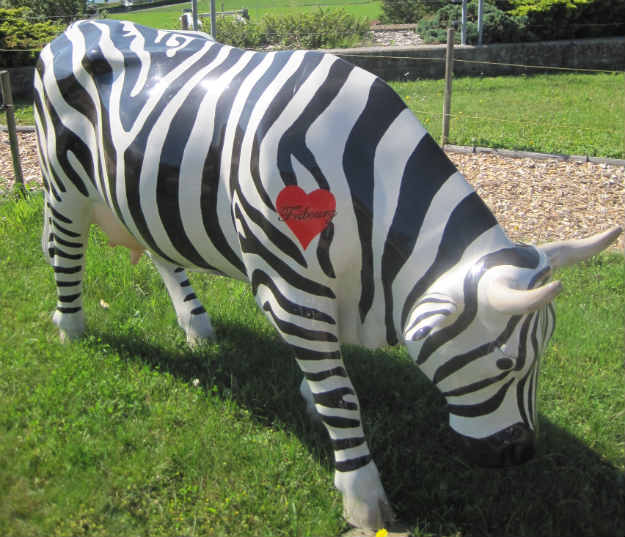Step 1: Have your bank tell you that your ATM card doesn’t work in Switzerland “because there is a high rate of fraud.”
Step 2: Have 60 euros and 6 days before you are leaving Switzerland.
Step 3: Have good friends that will let you stay for free and eat what is cheap in Switzerland, namely chocolate and bread.
See how easy it is? I could hitchhike across the border to Germany to use an ATM, so it isn’t the end of the world, but it is very inconvenient. My bank in America is killing me with this stuff. Can anyone recommend a better debit card or a better system?
I did pry out of my bank that they collaborate with a company called Fiserv where they come up with this nonsense. (I can’t use my card in Spain either, other than at ATMs, and in Switzerland it is totally blocked.) The same bank that is making these decisions about where I can use my ATM card is the same bank where, upon opening my account with my passport, the girl said she had never seen a passport before. And when I called to ask where else in Europe I couldn’t use my card, she said North Korea.
I miss my country.

TheDromomaniac.com
The science & philosophy of one-way travel

OMG! this really sucks! whenever you get home: change bank! plenty more fish in the sea.
and surviving switzerland on 10€ a day, i’d say congraths, that’s a hard thing to do!
keep the faith dromomaniac, you’ll live through it!
It is good to have friends! I will be OK, thanks.
Charles Schwab offers free checking with *no* foreign transaction or ATM fees (not counting the ATM you’re using, of course) and no minimum balance either. You can sign up online and make an electronic transfer of monies from the old account to open the account. They can’t send you the card internationally though; you’d need for someone to send it to you. By default, they’ll also open an investor account as part of the deal, but it needn’t hold any funds. It doesn’t solve your problem now, but it’s a good set-up for the future.
I travel with two cards from two accounts and keep a smaller amount of money in the account for any card which I might carry on me when I’m out. In the event that I lose the card, nothing much is left vulnerable in the account of the card lost and I have the second back-up card available for immediate use.
Lisa, you know everything! I knew I should have asked you first. But does it cost to electronically transfer money? How could I deposit cash?
In reference to the two accounts, of course I just make transfers online between the two as I need to top up funds in the smaller one that I use with the ‘primary’ card.
wait, two cards from two different Schwab accounts and you can shuffle money between the two?
Oops – just saw your post. There’s no cost for a standard, non-rushed transfer from bank to bank. The non-expedited arrival time for the new card is 7-10 days after the account is initially verified (maybe one day). I just checked with them and the only option for a cash deposit is via a Thomas Cook or Western Union type of transfer and yes, unfortunately those cost.
Oops – just saw the other one…regarding the two cards – yes, of course. Isn’t that standard?
I did that with my other bank back home all the time. I’ve seen it before in my work, too, done for a variety of reasons.
I spent two weeks in Switzerland staying with my sister, randomly putting my Canadian bank card into every ATM I passed to see if it would work, and precious few did, although they didn’t tell me that there was a high rate of fraud. Instead, they told me my card was damaged or defective, which was much more reassuring. I had been using the card in a dozen countries before (safe ones with no fraud, like Albania and Kosovo) and had never had a problem. I eventually found that big-name banks in Lausanne did the trick; I had mostly been trying smaller banks in small towns. I have a Swiss card now, and it works in every country I tried (including Belarus).
And your ATM card has a chip? I hear the US is slowly going to go that way. It’s a shame the rest of the world can’t emulate the financial systems of Albania and Kosovo.